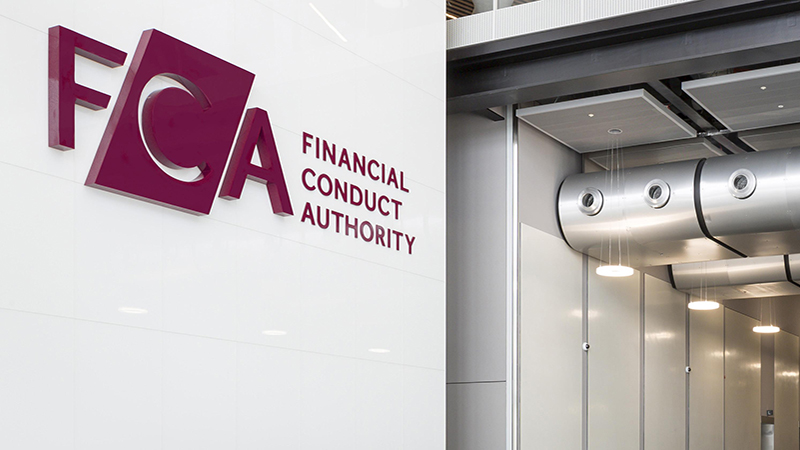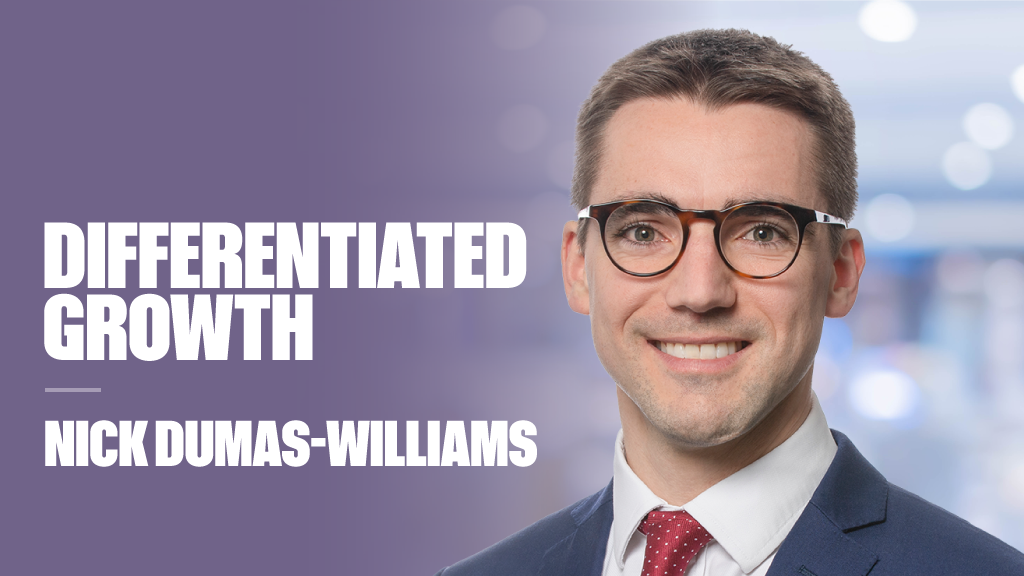With UK large caps appearing to have reached the end of their time in the limelight, there has been a discernible trend of investors shifting into the mid cap space in order to ride the economic momentum.
But while wealth managers have some big-name UK mid cap funds to choose from, for stockpickers market valuations are squeezing the options basket, necessitating a pursuit of earnings growth as opposed to a ‘cheap’ buy.
“People are concerned about how highly-valued mid-caps are compared to large-caps on an aggregate basis,” said Gill Hutchison, head of investment research at City Financial.
“But at the same time they are desperate for earnings growth, which is much more prevalent in the mid-cap arena than in the large. Those two factors running counter to each other make it a difficult situation for investors.
“One thing concerning large-caps is that because of the size of the commodity areas and the challenges there recently, it is suppressing the overall earnings of, for example, the FTSE 100 companies. There is a lot more going on in the second half of the FTSE 250.”
However, while there is potential for UK mid caps to benefit on the earnings side, Hutchison issued a caveat.
“Fund managers are looking for cheap areas to invest in, which are very difficult to find outside of commodities and other distressed situations, such as supermarkets,” she expanded. “It is a case of looking for value but not wanting to be forced into buying companies that are fundamentally challenged.
“Mid-caps have re-rated sufficiently and cut costs and benefitted from the low cost of capital, but now we need to see more evidence of earnings growth. There is some in the mid-cap area, and broadly speaking equities are continuing to move upwards, but there will come a point when the market will need to see these earnings coming through.”
So where are the fund managers themselves finding investable options in the mid cap spectrum?
“There was a time when we could say mid caps were cheap, but not anymore,” said Georgina Brittain, manager of the JPM Mid Cap Investment Trust. “Nonetheless, we are still comfortable with valuations within the cycle – there is still growth coming through, and at this stage valuations are still non-excessive.”
Brittain is seeing opportunities in ‘fresh blood’ initial public offerings – particularly UK challenger banks, such as Aldermore and Shawbrook, a space which she believes is set to benefit from the under-served SME loan market and represents her biggest portfolio weighting at 28.5%.
She also favours the UK property space, which feeds into her confidence on domestic consumer spending continuing to be a theme.
This conviction is represented by a 23.3% weighting in consumer services through holdings in London-focused property firms such as Shaftesbury – which owns a large chunk of Carnaby Street – and Workspace, a firm specializing in office rentals.
“The one non-London play we have is a small position in Segro, but we are very much London-focused,” Brittain said. “The London property market growth cannot go on forever, but at the moment it is still very strong.
“The biggest danger is if the market gets cocky about London being ‘one of the best places in the world’ – if we do not carry on investing in good property for people to work in then there will be long-term . But that is very far from where we are now.”











